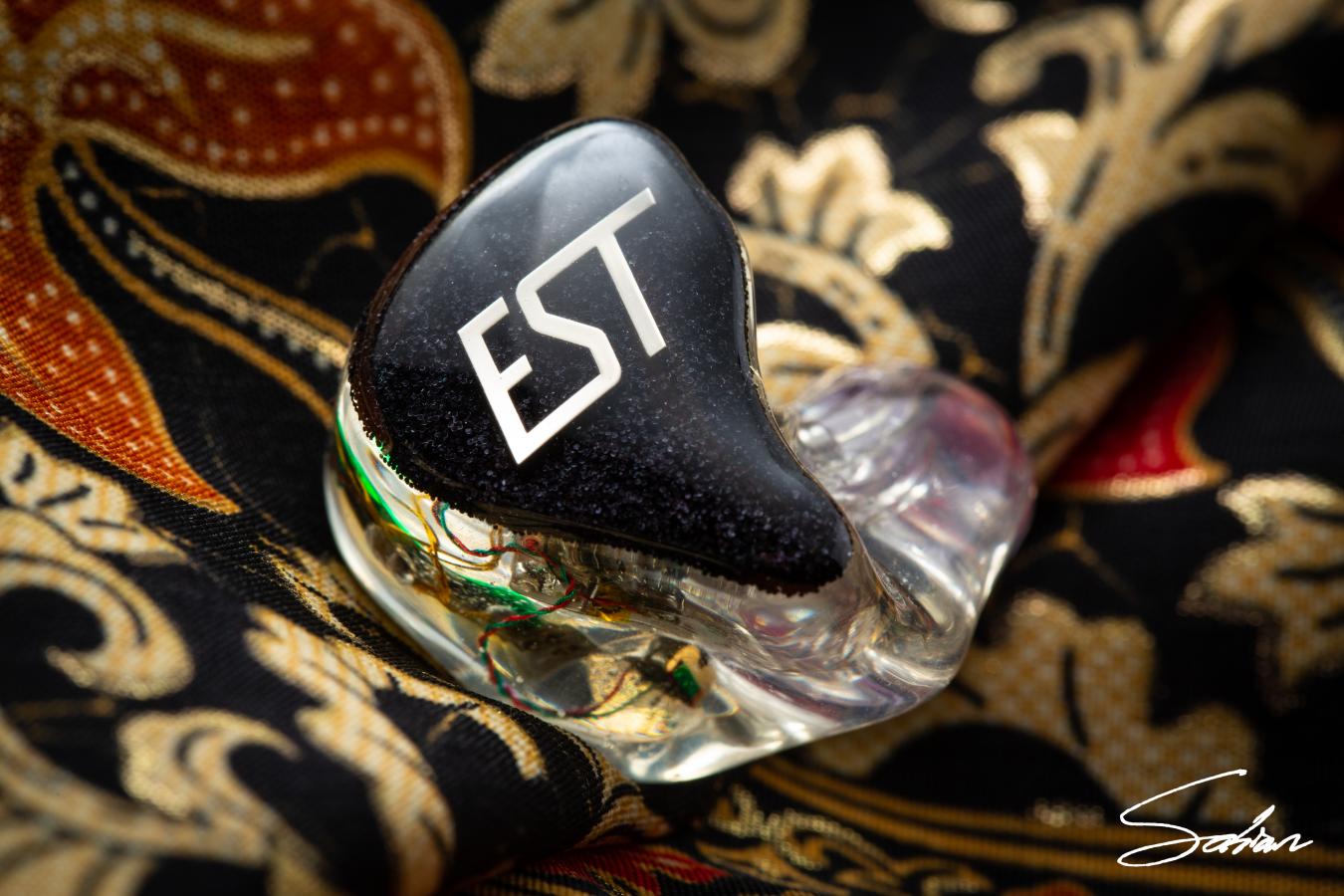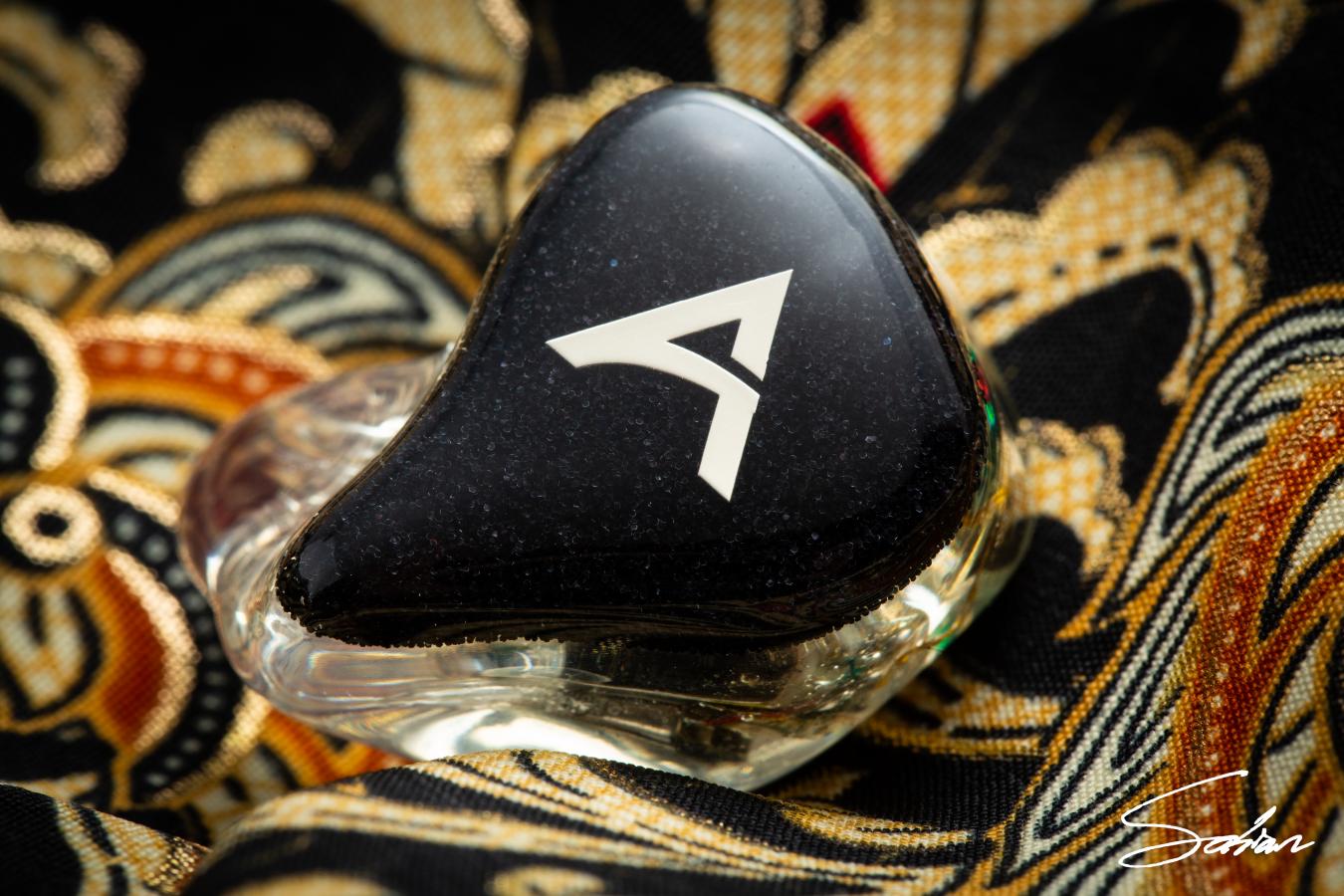Presentation
Avara Custom’s EST-6 exudes a breezy, clear and ravishingly balanced sound. It’s a rendition of reference that may not be the strictest or most unforgiving ever made, but it is definitely one of the most coherent and beautiful in tone. Notes are as vibrantly detailed as they are bulbous and chesty, resulting in meaty, weighty, exceedingly natural instruments, which exude nuance with neither effort nor thinness in sight. As much as its sights are set on clarity, the majority of the EST-6’s appeal really lies in how it’ll sit back and relish in the beauty of the music it’s playing. There’s never much of a hurry here to catch this micro-detail or that spatial cue. Rather, there’s a luxury of having it all come to you; silky smooth all the while.

In terms of resonance and play, the EST-6 sits alongside monitors like Alclair’s Electro and 64 Audio’s A18Tzar; pristine in clarity, but allowing a touch of looseness at the same time. It isn’t as tight and precise as – say – 64 Audio’s tia Fourté, nor is it as laidback and blasé as JH Audio’s Layla or Empire Ears’ Phantom. A rounded clarity is what the EST-6 ultimately aims for. And, that has its influence over the in-ear’s spatial performance as well. The monitor’s preference for resonance over compactness means it won’t image as clinically, and – like the Electro – its stage is more unexaggerated and studio-like in size than it is theatrically cavernous. But, also like the Electro, how it uses this space is impressive. The IEM’s separation is strong with pockets of air between each of its layers, creating a sig open, clear, meaty and nuanced all in equal measure.
Bass
The EST-6’s low-end is superbly balanced and linear. While that may imply a lean or insubstantial profile, it’s impressively anything but. Eschewing the compact, nimble tonality most reference-style monitors tend to employ, the EST-6’s bass has a lightly wet, warm quality to it. Although it’s certainly a studio-mixed bass in terms of quantity, it compensates musically with this engaging, radiant tonality. Kick drums always sit behind the lead vocals, for example, but they’re never afraid to let their booms and decays permeate the stage with slight hints of warmth. While, again, its image then isn’t as spotlessly pristine as some other reference-touted monitors, it does bring a sense of soul that they perhaps lack, on the other hand.
While most will probably find the EST-6’s low-end presence sufficient, there’ll likely be those who’ll take issue with the in-ear’s gradual sub-bass roll-off. With tracks like Eminem’s Lucky You, you’ll get a bass line that is relatively present, weighty and thick. But, it does wane the deeper you get. Don’t get me wrong, the lows do extend; The Weeknd’s Try Me is proof of that. And, it is perfect for the intended sig. But, it’s nevertheless a warning to you who love their lows by the truckload. In terms of tonal accuracy, though, the EST-6 is stellar. Double basses exude smokiness; crucial for realism. But, at the same time, they come across clear-sounding and nuanced as well. Again, these aren’t really lows with quaking subs or raw grit, but it’s one that balances work and play impressively well; delightfully big and warm, with superb coherence underneath.
Midrange
The EST-6’s midrange is vibrant, boisterous and – above all – pristinely clean. Its lightly elevated presence gives the in-ear its power; capably juggling weight and clarity to produce fully-realised, well-rounded instruments. A 1-2kHz rise provides a chesty foundation crucial for the latter, resulting in great integrity and a realistic, tangible timbre. Michael Bublé on Call Me Irresponsible – whether accessing his lower register in the opening verse, or belting towards the climax – maintains an even presence throughout the track. Perhaps where the EST-6 is least strict is where this rise culminates; around 3kHz. It is responsible for the in-ear’s vibrance and slightly larger note size. Joe Satriani’s electric guitar on Lari Basilio’s Glimpse of Light has a good roar to it, for example. But, as discussed below, it is a tiny colouration executed with utmost finesse too.

Technically, this EST-6’s midrange is rich with nuance and texture. Despite the larger note size, there’s neither a sense of smearing nor masking throughout the in-ear. Anika Nilles’s snare drum on Neon – tuned a tad lower – maintains both an excellent crackle and an organically chesty, woody timbre. Given the latter, the fact that the rattle of the snare wires still come through cleanly is impressive. Layering is also strong here with channels of air running between each element; the synth, choir and lead vocalist on Dirty Loops’ Next to You, for example. With that said, however, don’t go about expecting separation to the degree of 64 Audio’s tia Fourté, for example. The EST-6 still has a wetness about it that trades off some of that precision for organicity. But, really, that’s where this in-ear’s strength lies, and the beauty behind its presentation.
Treble
Up high, the EST-6 truly makes its technological investments worthwhile. The e-stats bring a unique authority to the top-end, successfully providing sparkle and regulating bottom-end warmth without overdelivering on quantity. Tuning highs that cut through the mix whilst seamlessly blending with the ensemble was surely no small feat on Avara’s part, so hats off to them for that. Again, balance is the key word here, with the treble inching no further forward than the mids. Snare drums, for example, sport an even split between body and crackle. And yet, despite this, the IEM still manages to output excellent levels of sparkle. Its image is open, crisp and clean with only the lightest hints of warmth for naturalness’s sake.
This authority comes from the top-end’s excellent extension as well. The backdrop behind the instruments is constantly pristine and well-defined, allowing the listener to keep track of whatever’s going on within the soundscape. This is where the EST-6 gets its resolution, layering and separation, and why the in-ear achieves its technical feats in spite of its natural timbre. The coherency of the top-end is marvellous as well. Again, it blends seamlessly with everything else. But, it’s also silky smooth in-and-of-itself. The transition between low-, mid- and high-highs occur without any glaring peaks, resulting in a realistic representation of bells, cymbals and percussion, as well as crisp, defined articulation that helps give it some bite. All in all, this is an impressively-executed top-end; fairly linear and unexaggerated, yet cuttingly swift and nuanced.
General Recommendations
Many of the EST-6’s advantages come from its balance between cleanliness and euphony, striking that fine line between sounding clear and emotive. If the traits below are ones you want in your next in-ear, the EST-6 could be the one for you:

An all-around likeable, balanced and vibrant signature: Again, the EST-6’s main selling point is that clear-yet-musical tone; a beautiful timbre with both precision and heart. It’s smooth without roll-off and clean without plasticity; exuding a natural glow to its instruments at all times. This is ideal if you’re after a breezy, airy, clear signature with a good meat to it as well.
Well-realised, coherent and linear instruments: To me, the EST-6’s most subtle strength is how organically and effortlessly it constructs instruments through its smooth, clear and oh-so-natural tonality. They’re all uniform in presence, fullness and size, and they’re all licked with gorgeous touches of warmth as well; crucial for the EST-6’s smooth, easy-to-love signature.
An unexaggerated top-end that still cuts through: The EST-6’s namesake is the reason behind its full-bodied clarity. Sonion’s electrostatic tweeters have given the monitor a swift, crisp and clean high-end, allowing them to be toned down without a hit in detail retrieval. If you crave nuance, openness and air within a smooth, breezy, natural timbre, this EST-6 delivers.

As a monitor with fairly little colour to its tonality, it would obviously be unideal for those looking for a more exaggerated response. If the qualities below describe the kinds of sigs you often prefer, the EST-6 may not be the best option for you:
A quaking, woofer-like sub-bass: Though the EST-6 isn’t at all anaemic – a tad on the wet side, in fact – it definitely does not have the most visceral low-end in the world. If that grunt is something you’d prize highly, this may not be the IEM for you.
A bright, ultra-crisp, elevated top-end: To me, the EST-6’s highs are elegantly balanced; just enough to temper the mids and lows. But, the more treble-inclined among you may prefer a brighter, crisper presentation. So, if you tend to like a sound more coloured towards detail, articulation and air, the EST-6 isn’t the most ideal option as far as flagships are concerned.
A theatrical, cavernous soundstage: The EST-6’s most apparent technical drawback would be the studio-like stage; accurate and appropriate, but never astonishingly large. While its imaging is often precise and clean, this in-ear never quite evokes that surround-sound feel. So, it probably isn’t the monitor for you, if this level of immersion is something you prize highly.


